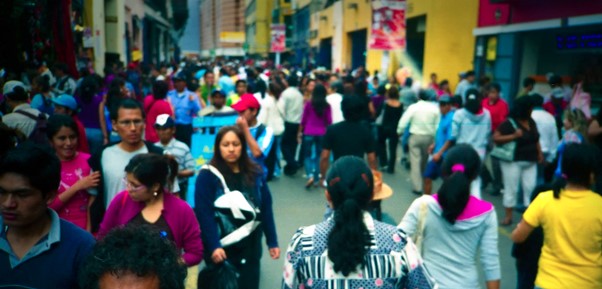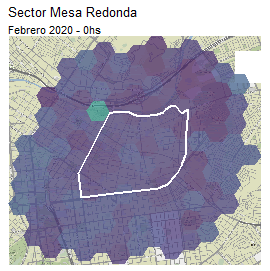Improving Public Space and Market Design During COVID-19
by Patricio Xavier Zambrano-Barragan , Antonio Vazquez BrustVeraset Urban Development COVID-19
Lima’s Central Market has always been one of the busiest and liveliest in Lima, Peru. Before the pandemic, some hundreds of people gathered there to buy and sell groceries, clothes, electronics–you name it. Located just a few streets from Lima’s Chinatown and within Barrios Altos, one of the city’s oldest neighborhoods, it is also rich in culture and an important part of the city’s urban fabric.
COVID-19 has had a tremendous impact on Peru: the country has one of the highest death tolls in the world. The Central Market, and many other markets and public spaces like it, have had an equally difficult time. Quarantine measures forced vendors to shut their operations. However, in a country where up to 70% of people live and work in conditions of informality, few could afford not to travel to markets to earn a living and to buy essential wares. As a result, markets have become contagion hotspots, yet they remain an important economic and social asset for citizens.
Challenge
The Municipality of Lima (MML) needed to mitigate the impacts of COVID-19 while ensuring that markets and public spaces continue to fulfill its civic role. Specifically, the MML partnered with the IDB to understand how people moved in and around markets and, using this information, find effective ways to observe social distancing and other critical mitigation practices.
The three major goals of this partnership were: (1) prevent contagion; (2) improve public health policies/services; and (3) provide recommendations for better public space design.

Solution
Using Veraset’s Movement data, the IDB’s Housing and Urban Development team analyzed visitors’ movement in market areas, identifying origin districts and activity hotspots throughout the day. By making a comparison between pre- and post-pandemic flows, the team was able to measure the population dynamic in different regions around Lima municipality.


Impact
The analysis has had a dual impact. On the one hand, it has fulfilled an evaluation objective by helping the MML understand the relative impact of past lockdowns and public transportation restrictions. On the other hand, it has also helped the Municipality build new analytical tools to support urban design. Using some of the indicators from our analysis, and in partnership with the MIT Media Lab, the IDB and the MML are currently building new digital models that simulate scenarios to design and evaluate new COVID-19 responses (interpersonal distance restrictions, mask requirements, attendance/capacity limits, etc). Moreover, this new, three-way collaboration is helping Lima Municipality consolidate a new territorial intelligence unit that will help carry out the city’s overall planning goals.